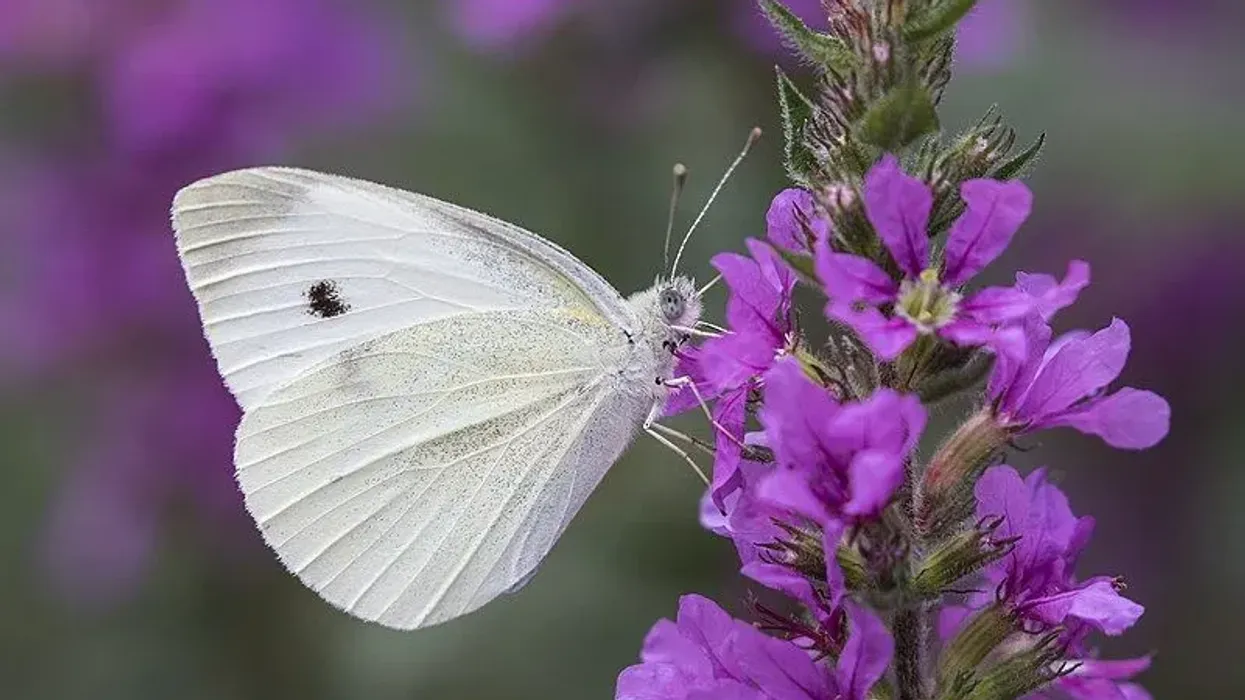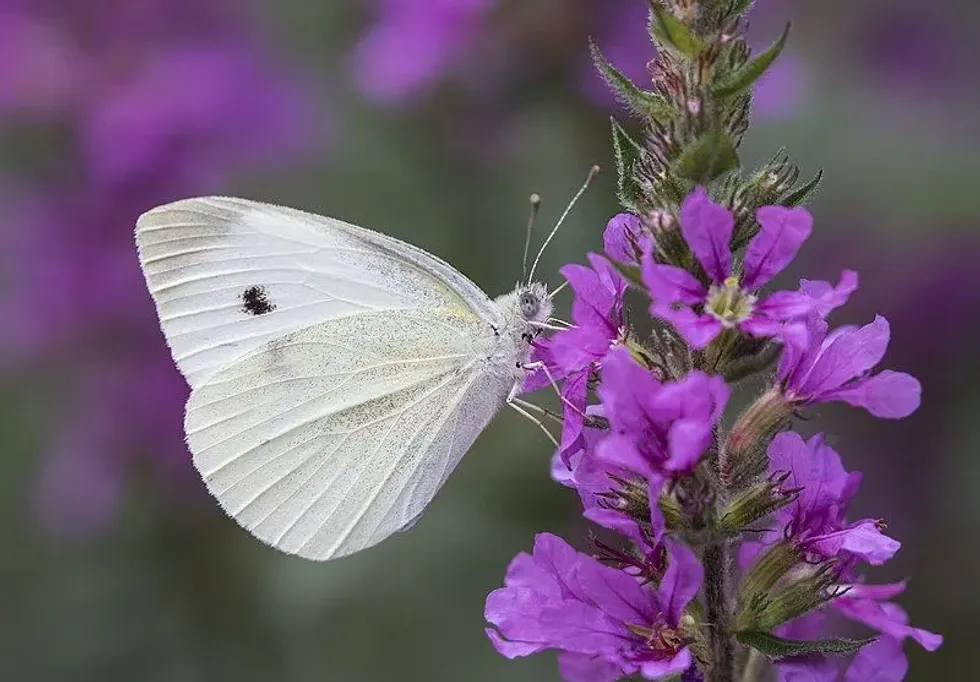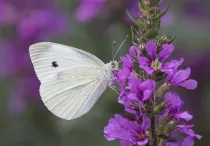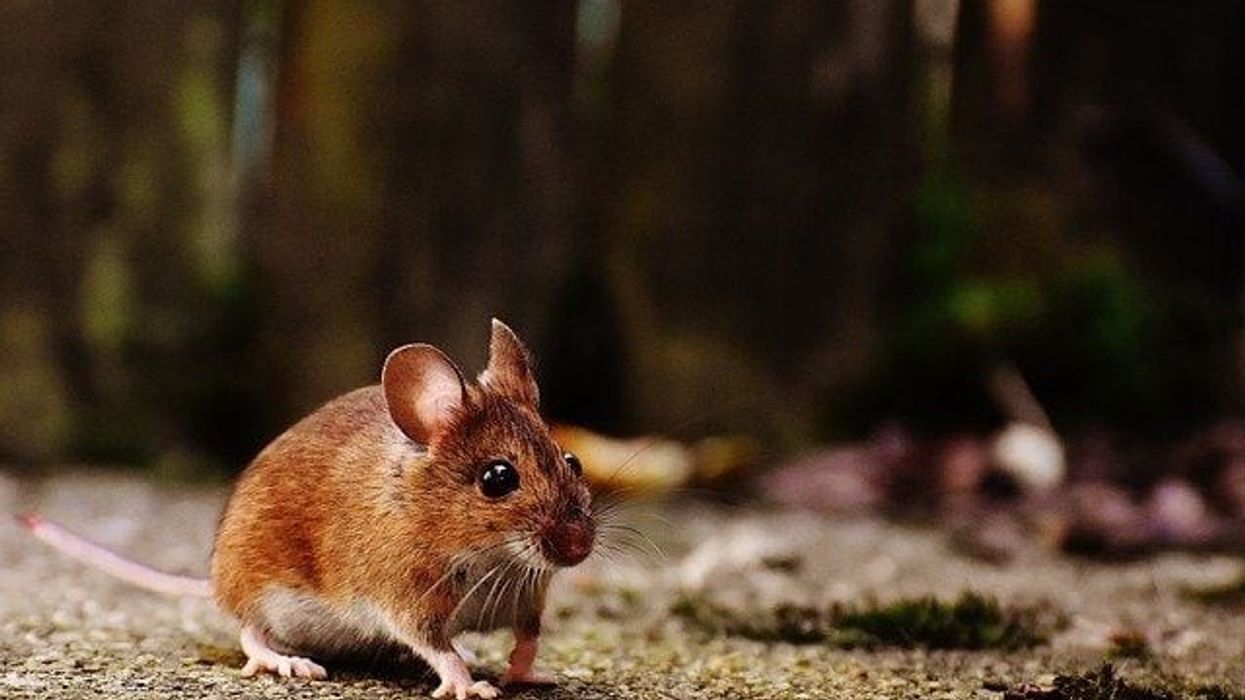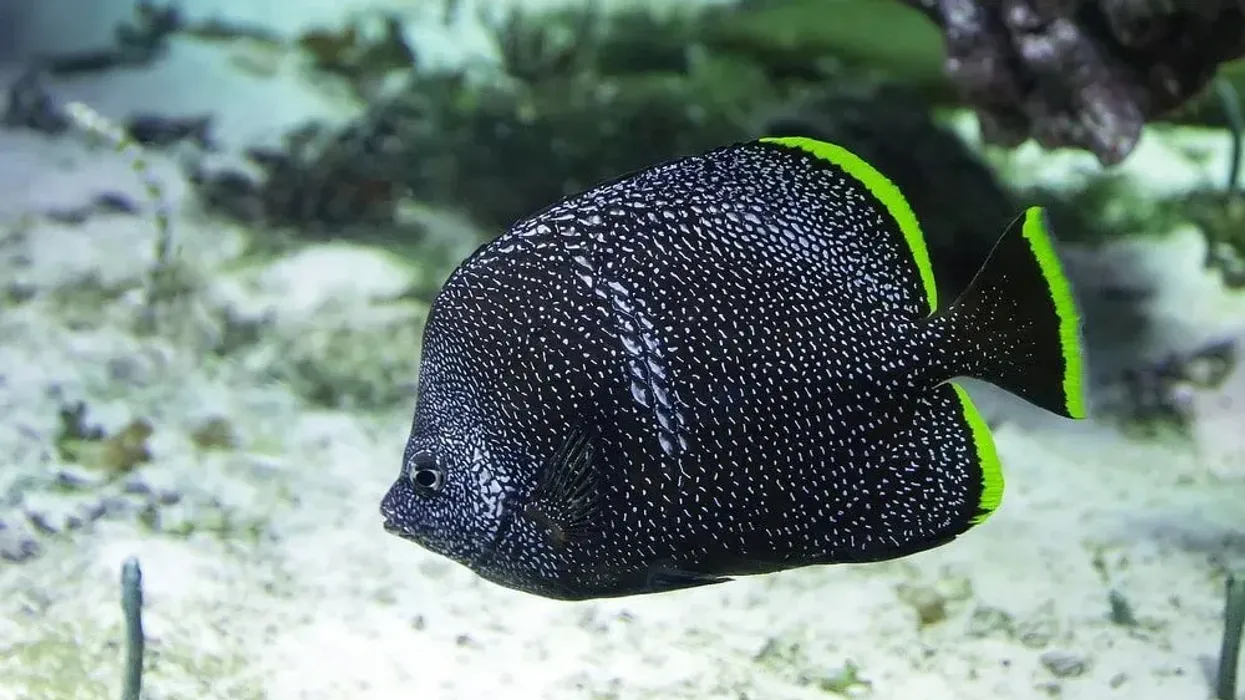Butterflies are easily regarded as one of the most beautiful insects. If you are interested in knowing more about different species of butterflies, then you are in the right place.
Let us have a look at cabbage white butterflies that have spread to almost all the continents. The cabbage white butterfly's scientific name is Pieris rapae, and it belongs to the Pieridae family of insects.
This butterfly commonly deposits its larvae on cabbage plants which gives it its name. However, it is also frequently known as the small white butterfly. One of the favorite host plants of caterpillars includes broccoli plants and they can be a voracious eater.
A lot of broccoli crops can vanish overnight if a female butterfly decides to drop her eggs on a specific farm. Growers of cruciferous vegetables and even gardeners have commonly regarded this species as a pest.
Contrary to the larvae, adults are plain-looking and usually blend into foliage because of their white wings. The butterfly is extensively found in different parts of Europe, North America, Asia, Australia, and New Zealand.
Keep on reading for more cabbage white butterfly facts. Also, check out our articles on the purple emperor butterflies and painted lady butterflies.
Cabbage White Butterfly Interesting Facts
What type of animal is a cabbage white butterfly?
The cabbage white butterfly (Pieris rapae) is a type of small white butterfly.
What class of animal does a cabbage white butterfly belong to?
Cabbage white butterflies (Pieris rapae) belong to the class Insecta and the genus Pieris.
How many cabbage white butterflies are there in the world?
This small white butterfly is abundantly found all over the world and it has a very small life cycle. However, the exact population of white cabbage butterflies is yet to be determined.
Where does a cabbage white butterfly live?
Cabbage white butterflies reside in different parts of the world including Asia, North America, Europe, Australia, and New Zealand. It is said that the North American population of this small white butterfly evolved after it was accidentally introduced in Quebec, Canada.
This insect was only found in Europe before this species was accidentally introduced to different parts of the world.
What is a cabbage white butterfly's habitat?
The common cabbage white butterfly enjoys living in open spaces. This includes farmlands and fields, which is why a cabbage white butterfly caterpillar is often seen as a pest. This small white butterfly is commonly seen in plants belonging to the Brassica genus. Small white butterflies are also seen in gardens as well as in forested areas.
Who do cabbage white butterflies live with?
As these butterflies have a short lifespan, it seldom gets the time to socialize or live in a group. Females only mate once and then produce hundreds of eggs. Larvae or caterpillars are often born on a host plant, so they have to live with their siblings while chomping on plants.
How long does a cabbage white butterfly live?
The lifespan of cabbage white butterflies depends on the weather. A butterfly will usually live for three to six weeks which is roughly around 21 to 42 days. Only three weeks are spent as an adult butterfly. In the Southern Hemisphere, up to six generations of cabbage white butterflies can be seen in a single year.
How do they reproduce?
Adult cabbage white butterflies perform a flying mating ritual for reproduction. In the Northern Hemisphere, this butterfly usually mates and broods from April to October.
Once the mating is over, a female small cabbage white butterfly will fly a long distance to look for host plants. This butterfly species chooses plants that have the chemical compound, glucosinolates. The common host plants include kale, cabbage, broccoli, and mustard.
Females can produce 300 to 400 eggs and the eggs are randomly deposited on the underside of leaves. A cabbage white butterfly eggs are initially white, but they turn into yellow color as the hatching day comes closer.
Like other butterflies, a cabbage white butterfly's life cycle also contains the stages of larvae, a pupa, and then finally the caterpillar turns into a beautiful adult butterfly.
Butterflies that evolve from a cabbage white butterfly chrysalis during the spring months have more prominent black dots on their wings compared to the ones born in summer. The formation of pupa by cabbage white butterflies in winter helps them to overwinter.
What is their conservation status?
According to the International Union for Conservation of Nature, cabbage white butterflies (Pieris rapae) are Not Evaluated on their Red List. This denotes that it is an abundantly found and secure species.
Cabbage White Butterfly Fun Facts
What do cabbage white butterflies look like?
The clearest cabbage white butterfly identification mark is the dark spot on the upper side of its wings. These butterflies have a plain look so they are often confused with moths.
Cabbage white butterfly larvae or caterpillars have a greenish-blue appearance with velvety skin. Its pupa is mottled-gray or yellowish which helps it to blend with the host plants. Adults are quite plain and have a dense hair cover on their bodies.
Their wings are often black-tipped. The underside of their wings has a dusty or yellowish appearance tinged with black.
How cute are they?
Caterpillars of this species are cute and cool-looking because of their velvety skin. However, adults have a duller look and a small cabbage white butterfly isn't as colorful as some other species.
How do they communicate?
The compound eyes of a small cabbage white butterfly (Pieris rapae) help it to see ultraviolet lights and gauge visual cues for foraging. Females also take part in a drumming reaction after landing on a plant which is thought to be a way to find out more about the plant and its suitability.
Other than that, not much is known about the communication processes of this species.
How big is a cabbage white butterfly?
The length of small cabbage white caterpillars is around 1.3 in (35 mm). In the pupa stage, the size of this species is around 0.7-0.8 in (19-20 mm).
After around 15 days, the insects turn into butterflies with an average wingspan of 1.7-2.5 in (4.5-6.5 cm). A small cabbage white is about eight or nine times smaller than Queen Alexandra's birdwing which has a wingspan of 9.8-11 in (26-30 cm).
How fast can a cabbage white butterfly fly?
Female butterflies can cover a distance of 7.4 mi (12 km) in search of host plants. Active flight is practiced during the daytime and female butterflies move around 0.2 mi (0.32 km) in search of a host plant every day. The exact speed of their flight is not known.
How much does a cabbage white butterfly weigh?
Not much data is available about the exact weight of a cabbage white butterfly.
What are the male and female names of the species?
There are no separate names for a male or female of the cabbage white butterfly (Pieris rapae)species.
What would you call a baby cabbage white butterfly?
A baby cabbage white butterfly is called a 'larva' when it first emerges from the egg. The caterpillar soon turns into a pupa or a chrysalis to metamorphosis into the stage of an adult butterfly.
What do they eat?
The diet of these butterflies changes as they progress through the different stages of the life cycle. Adult cabbage white butterflies lay eggs on plants like cabbage, broccoli, kale, turnips, mustard, or other leafy plants.
Once a caterpillar emerges from the eggs, it starts to chomp on the plant and it is a voracious eater.
It needs to eat as much food as possible to have enough energy stored for the pupa stage. The eating habit changes when it is an adult butterfly as it depends on nectar as its main food source.
Are they poisonous?
No, these butterflies aren't poisonous and even the caterpillar lacks spines on its body.
Would they make a good pet?
Even though observing a butterfly can be a great thing, it doesn't have a long life. It is best to leave them alone in the wild rather than restricting them to a human household.
Did you know...
One of the interesting facts about a cabbage white butterfly is that females have a preference for darker-colored plants.
What do cabbage white butterflies do to plants?
Adult butterflies do not cause any damage to plants. However, caterpillars are considered a common garden pest and also a pest to crops because of their habit of eating small brassica plants like cabbage and broccoli.
These caterpillars can severely damage larger plants, leaving only the stems or veins. Large infestations of this pest can damage a lot of brassica crops unless controlled. Common measures of cabbage white butterfly control include the usage of chemical pesticides that deter a butterfly from laying its eggs or killing off the larvae.
Some farmers have switched to growing genetically modified brassica crops or changed the usual crop locations to prevent larvae by using cultural control. Sometimes natural predators of these butterflies, like white butterfly parasites and parasitic flies, are used as a biological control to prevent this pest from growing.
On the other hand, this species also helps to pollinate certain crop plants like cabbages while flying and feeding in a garden or a field. However, this small advantage overrides the damages faced by farmers.
What are the differences between male and female cabbage white butterflies?
The main difference is that males have one black spot on each wing while females have two black spots on the upper side of each wing. Another point of difference is that females have whiter hair on their bodies, while males have more yellowish hair.
Here at Kidadl, we have carefully created lots of interesting family-friendly animal facts for everyone to discover! Learn more about some other arthropods including woolly bears or red admiral butterflies.
You can even occupy yourself at home by drawing one on our cabbage white butterfly coloring pages.

